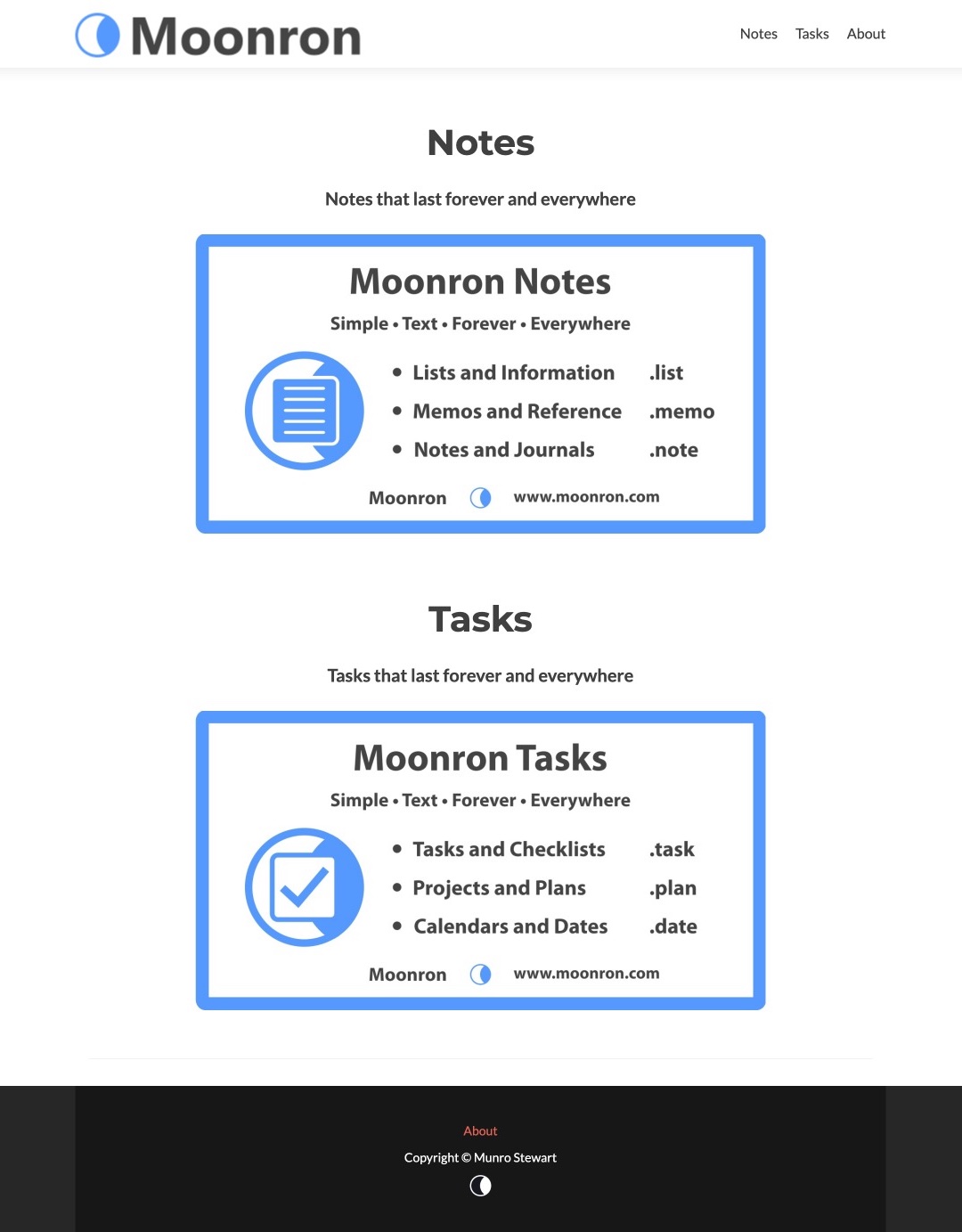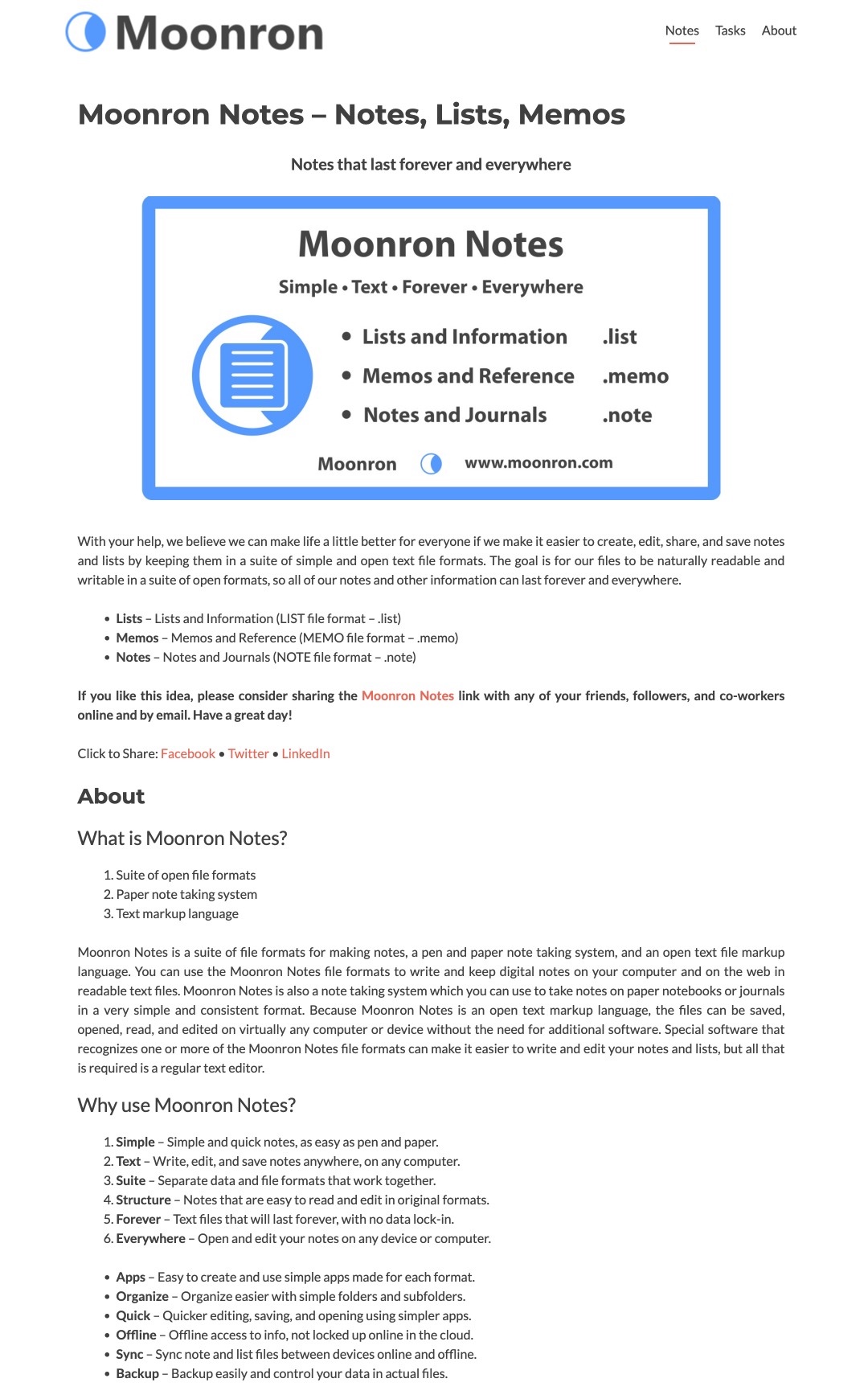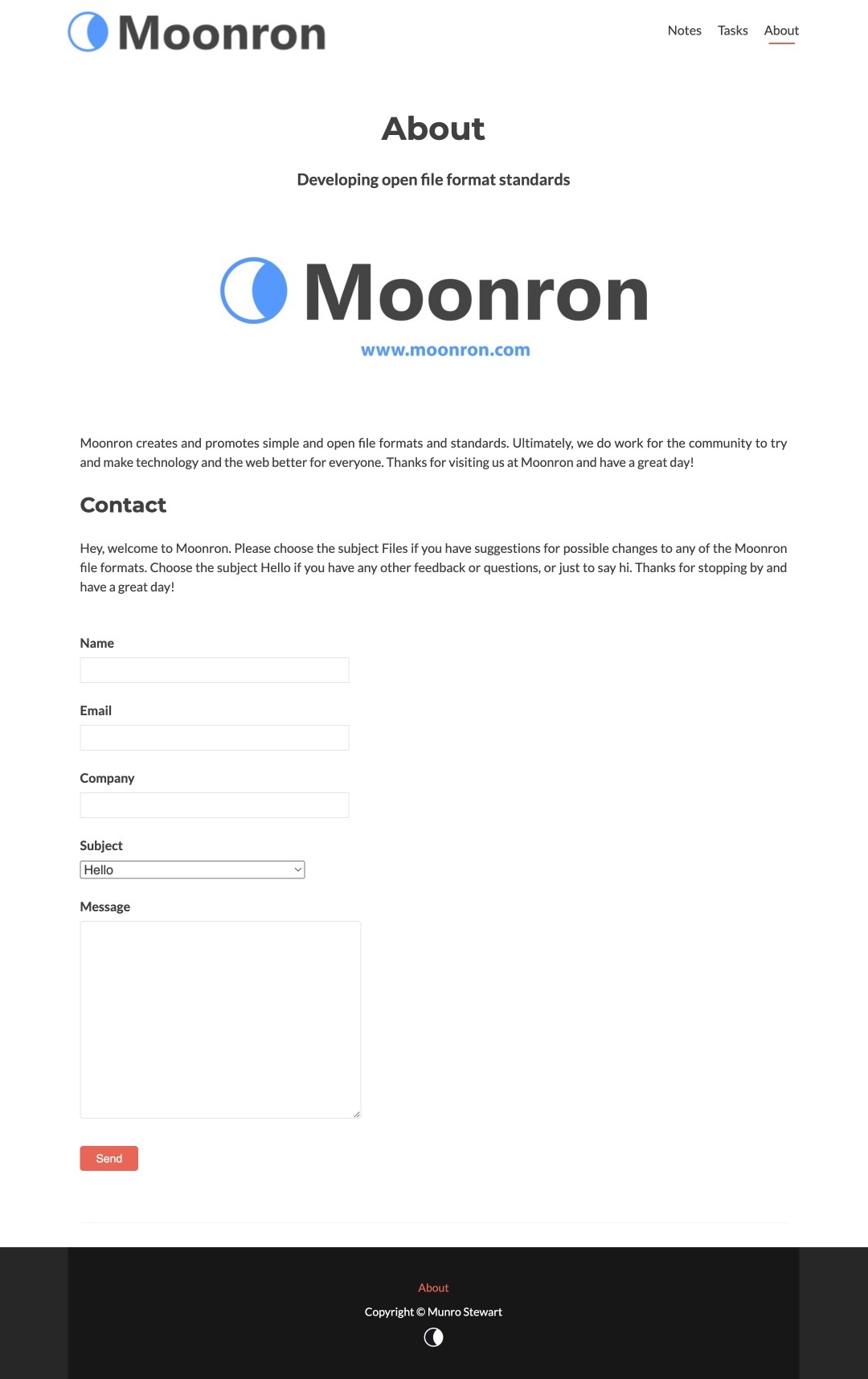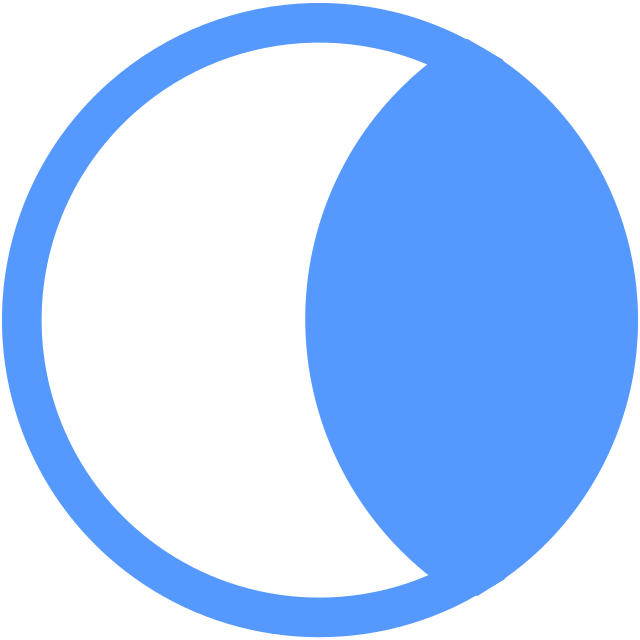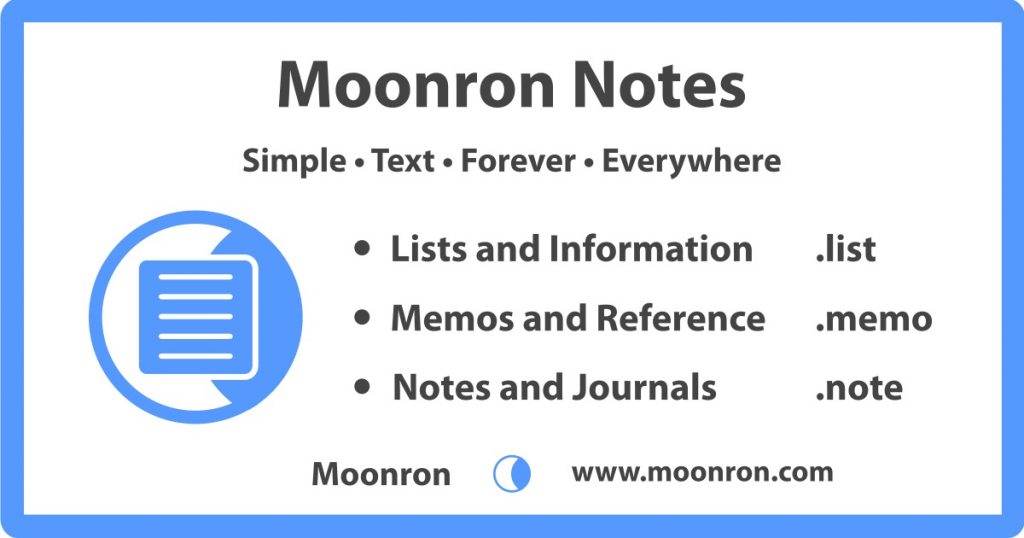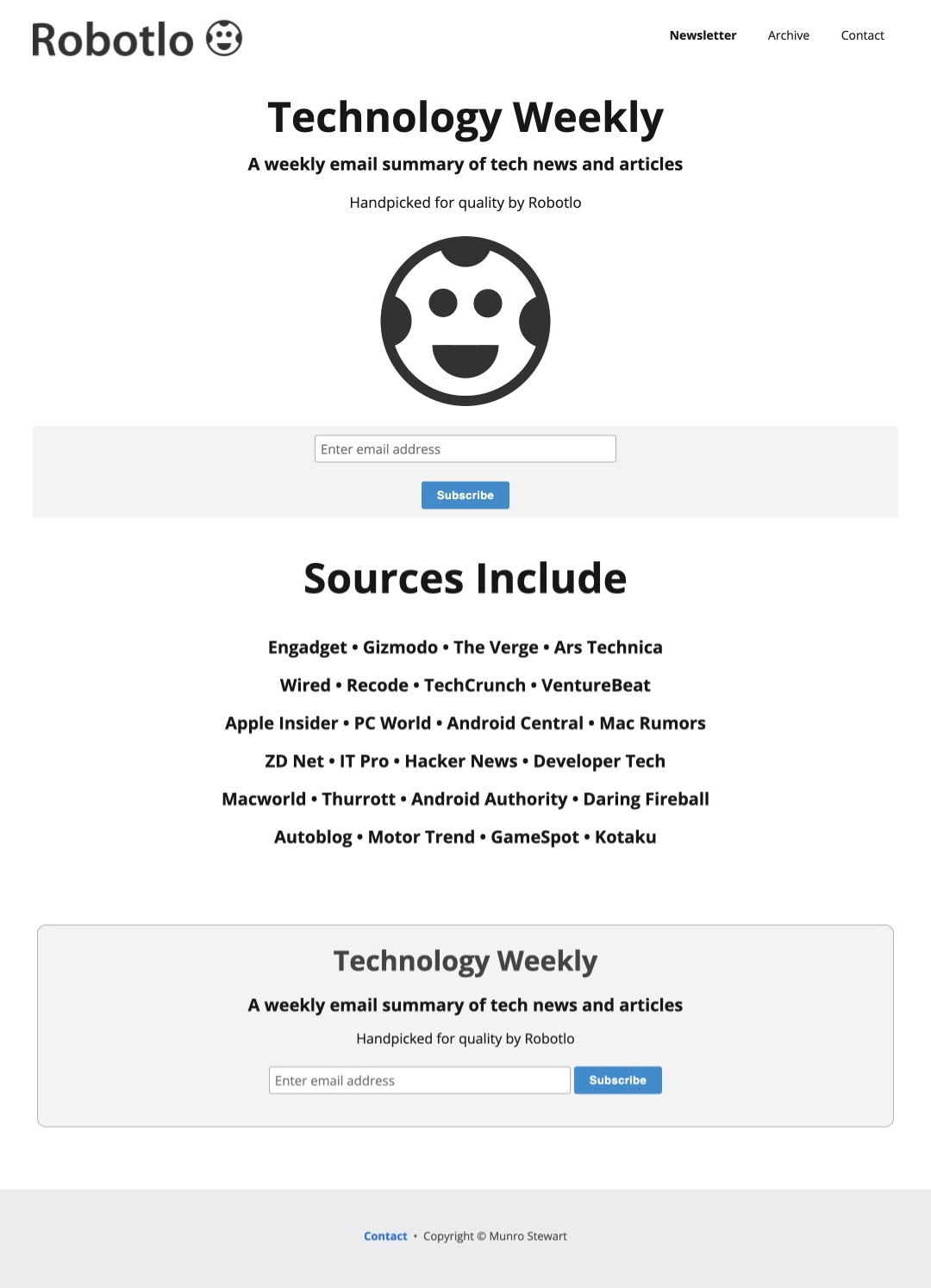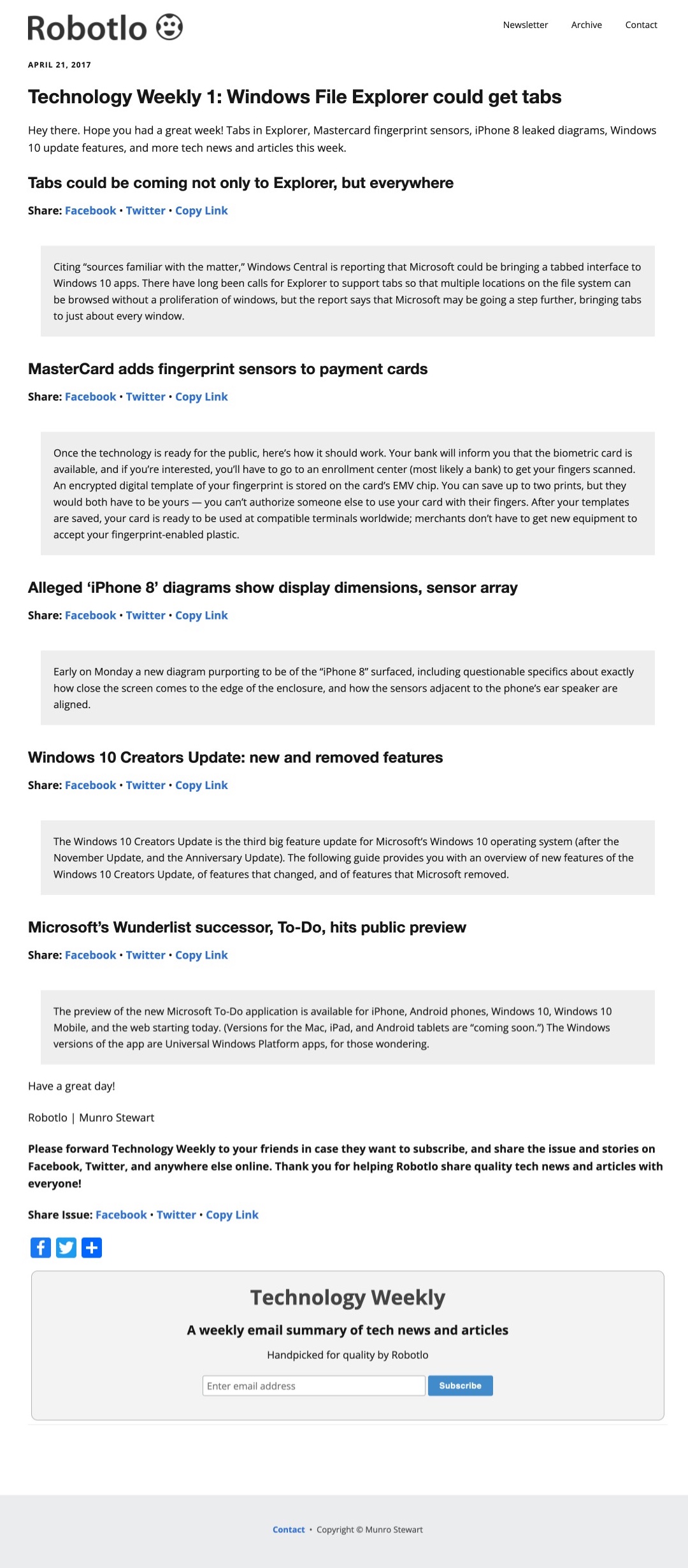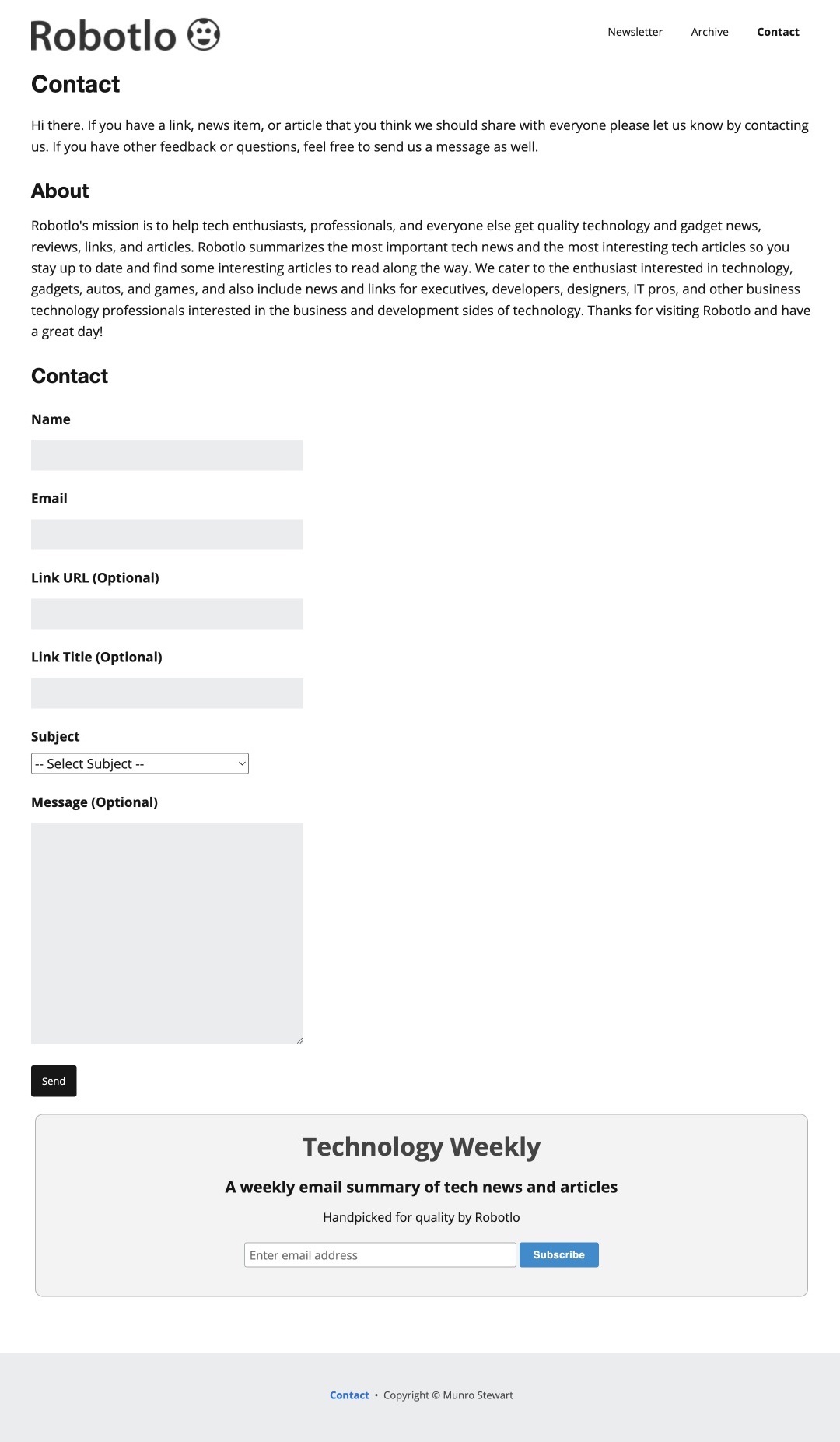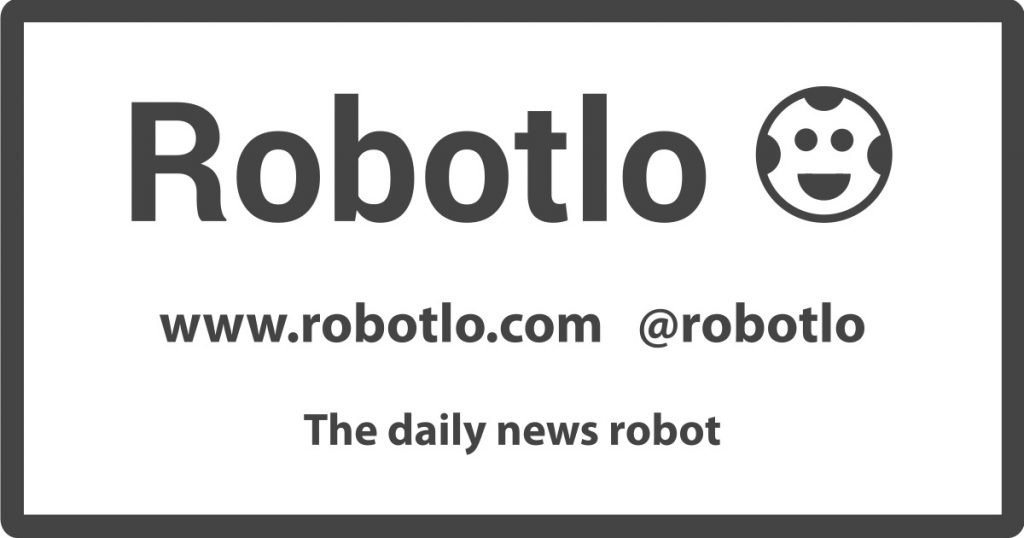Could Apple release a smaller and cheaper mid-range 5.4" iPhone in 2020, or even 2019? Here’s a theory for why, when, and how Apple might release a 5.4″ iPhone as a smaller and cheaper mid-range device to replace the iPhone 8 at about the $649 price point, but which could also be not too much larger in size than the 4″ iPhone SE.
Good Thing, Small Package
I wonder if Apple could announce a surprise 5.4″ iPhone in September 2019 with about a 1602 x 740 pixel screen at 326 PPI. It would be a smaller version of the 6.1″ XR, just like the 5.8″ XS is to the 6.5″ XS Max, and it would be physically not too much larger than the iPhone SE. [Link]
The inspiration for this article comes from the above thought I wrote previously on my website and social media. John Gruber from Daring Fireball made my day by taking the time to respond, pointing out that such a device would be unlikely to be released in the fall of 2019. I most certainly agree with this. Yet here I am anyway, thankfully inspired to write a few more of my thoughts behind the possibility of a 5.4" iPhone, including why, when, and in what form Apple might release the device.
Leaky Mid-range Math
- 4.7 - 0.7 = 4.0" - iPhone 5/SE
- 5.4 - 0.7 = 4.7" - iPhone 6/SE2
- 4.7 + 0.7 = 5.4" - iPhone 11?
- 5.4 + 0.7 = 6.1" - iPhone XR/11?
- 6.5 - 0.7 = 5.8" - iPhone XS/Pro
- 5.8 + 0.7 = 6.5" - iPhone XS/Pro Max
- ----
- 5.4 - 0.6 = 4.8" - Test Device/Size?
- 6.1 + 0.6 = 6.7" - Test Device/Size?
So the supply chain production leaks and all of the rumors for this year point to only updates to the 5.8" XS, 6.1" XR, and 6.5" XS Max. However, there has at least been one small leak about a 5.4" iPhone, which I will talk about later on in this article, even if it's for the 2020 phones. While it's quite likely that the top-tier devices end up being the 5.4" and 6.7" versions from that leak, I wonder does Apple really want to change the size of the XS from 5.8" to 5.4" so soon? If not, would the above list of devices point to a possible range of display sizes that Apple could have been testing and planned to produce in the end?
Apple made 5 versions of the 3.5" phone, from iPhone to iPhone 4S. They made 4 versions of the 4.0" phone, from iPhone 5 to iPhone SE. If they release a 4.7" "SE2" in the spring of 2020 they'll have made 5 versions of the 4.7" phone, from iPhone 6 to iPhone SE2. But they are only going to make 2 versions of the 6.5" device, in 2018 and 2019, just to bump it up not even 0.2 inches to 6.7" in 2020? That doesn't quite sound like what Apple has typically done in the past, which is pick a size and resolution, commit to it and stick with it for a number of generations.
It would be interesting if Apple had planned to evenly space out the size of these devices, going up from the 4.0" and 4.7" sizes, up to the 5.4" and 6.1" sizes. If they did release a 5.4" device as their regular mid-range and mainstream device at some point, along with a budget 4.7" in spring 2020, they would end up with 3 evenly spaced out display sizes of 4.7", 5.4", and 6.1" for their non-Pro phones.
Mysterious $649 iPhone Rumor
- $399 - iPhone 4.7" - SE 2
- $649 - iPhone 5.4" - 11
- $749 - iPhone 6.1" - 11
- $999 - iPhone Pro 5.8" - 11 Pro
- $1099 - iPhone Pro 6.5" - 11 Pro
In a rumor from EDN in April of 2019, it was mentioned that there could be 4.7" iPhone update in 2020 with a potential price of $649. Again my theory might be unlikely, but I wonder if this device to be released in spring 2020 will target a lower price point, similar to the price point of the original iPhone SE, at $399 or $499. To achieve this price point, Apple may or may not have to design the 4.7" iPhone SE successor with a metal or plastic casing and no wireless charging. Potentially this design could be externally more like the original iPhone SE and recent iPad Pros with flat metal sides and back, as opposed to the iPhone 8 glass design with wireless charging.
However, Apple could still have a device planned to target that $649 price point, making that part of the rumor also true but in a different phone. I wonder if this is where this new mid-tier 5.4" iPhone with Face ID could come in, either this year or more likely in the fall of 2020. It might make sense, because like the XS being $100 cheaper than the XS Pro, this new 5.4" iPhone could potentially be priced $100 cheaper than the XR from 2018. Of course it's possible that they change these prices slightly going forward, but the basic tiers would be segmented nicely in the above list, hitting base price points of around $400, $700, and $1000.
Back To The Future In 2020
I wonder if Apple could announce a surprise 5.4″ iPhone in September 2019 with about a 1602 x 740 pixel screen at 326 PPI. It would be a smaller version of the 6.1″ XR, just like the 5.8″ XS is to the 6.5″ XS Max, and it would be physically not too much larger than the iPhone SE.
While it's unlikely that Apple announces or releases a 5.4" iPhone in 2019, the thinking behind my original thought was mainly the idea that the rumored 5.4" iPhone for 2020 could possibly be a smaller version of the XR/iPhone line, and not a new device size for the current XS/Pro line.
In June of 2019 some completely unknown guy named Ming-Chi Kuo wrote this super far-fetched note about Apple potentially releasing 5.4" and 6.7" iPhones for release in the fall of 2020. Seriously though, this idea instantly becomes a pretty likely scenario, because of the legendary analyst that Ming-Chi Kuo is. However, I just wonder if there is a small chance that this rumor is only partially true, since it was still pretty early in the design testing and rumor mill for the 2020 iPhones. Sometimes these rumors are based in evidence but a little off, like in February of 2017 when he was thinking that the new 2017 iPhone design, the eventual iPhone X, would have a 5.8" screen, but that it would include a 5.15" usable screen with a virtual button area integrated below as part of the screen.
I wonder if the 5.4" device he is seeing evidence of could possibly, just maybe, be an early testing device that ends up being the smaller version of the current XR mid-range device, while the 5.8" and 6.5" XS/Pro device sizes remain the same going into 2020 and the future.
Surprise "Product"ion
- September 10th - Release 3 phones, and announce 1 other phone
- September 11th - Start production of the announced phone - 5.4" iPhone
- December 6th? - Release the announced phone in December or November
As far as this 5.4" phone being released in 2019, it's certainly unlikely. We may never be surprised by a new iPhone again because of leaks coming out well before the Apple event announcements. If Apple was to ever surprise us again with an iPhone product, I wondered if there is any chance that they could pull it off by following the above strategy and schedule? Probably not, but it was just another crazy idea I had behind the unlikely idea of a 5.4" iPhone being announced in September, but still released later the same year in December, and at least still being released before Christmas.
Basically, now that Apple is releasing so many phones in the fall, could they delay the release of just one of those phones until December, but announce it in September? On top of this, could that one phone each year be some type of new design that they are trying to hide, now that they seem to be staggering a single new device each year, with the iPhone X in 2017, and iPhone XR in 2018?
One interesting thing about this schedule, if it was at all possible, is that the strategy might possibly be repeatable. For instance, in 2020 they could redesign only the 5.8" device with an in-display fingerprint reader and/or camera under the display, but leave the other three devices with the current design. Those three devices would go into production in about July, and the single device with a new design would go into production in about September after the fall Apple event, and be released later in December or November.
Started From The Top
- 2017 Fall - Pro Small - X at $999
- 2018 Fall - Pro Large, Regular Large - XS Max at $1099, XR at $749
- 2019 Fall - Regular Small - 5.4" iPhone at $599-$699? $649?
- 2020 Spring - Budget Classic - 4.7" SE2 at $399-$499?
It could make sense to release a smaller mainstream tiered iPhone this fall or winter. One reason for using this release schedule is that there appears to be a more legitimate rumor and frequent prediction of a budget device coming out next spring. As I noted above, it appears to be sounding more and more likely that this could be a 4.7" device based in some way on the iPhone 8, according to another report from Nikkei earlier this September.
If Apple was to release a 5.4" iPhone in this smaller form factor this year, then I would think many people would buy this device immediately and see this phone as a mainstream successor in price to the iPhone 8 and in size to the iPhone 5/SE, even though the $649 price is higher than the SE. If Apple doesn't release a 5.4" iPhone before the release of the physically larger but lower priced 4.7" budget device in the spring of 2020, then all of the people who buy this other potential SE successor, possibly priced in the budget category at a price of around $399, won't be interested in buying this $649 5.4" device in the fall of 2020. I would think that Apple might prefer making more money on larger margins, by getting more people to first buy this $649 phone in 2019 with the new small bezel design, as opposed to that $399 phone in 2020 with the old large bezel design.
Besides releasing a more expensive mainstream 5.4" before the more budget 4.7" update in the spring of 2020, Apple might also not mind having this 5.4" phone at $649 be released in December because it would be released after their high-end phones. Some people will wait until December because they want the smaller, cheaper 5.4" device. But many people want the larger, more premium devices just because they are the premium devices, or because they are available at the announcement. And there could even be people who will debate between the $999 5.8" iPhone Pro and the $649 5.4" iPhone, who end up going with the Pro because they want it now and don't want to wait.
99 Problems, And A Big Notch Was One
Besides starting near the top prices of the product line in the fall of 2017 with the iPhone X and going to the bottom prices of the product line in the spring of 2020 with the iPhone SE 2, here are a few more reasons why 2019 might make sense as the perfect time to release a smaller and cheaper 5.4" version of the iPhone XR from 2018. Again, 2020 is more likely because we haven't heard any rumors or leaks, but nonetheless now would make sense if Apple had planned this all out beforehand for various reasons.
- Making the notches smaller for 2019 makes this 5.4" or a 4.8" device possible
- Making phones thicker for 2019 makes a decent battery size and life possible
- It would make a "new" device for 2019, to follow new X in 2017, and XR in 2018
- Indecision on whether they should make a 4.8" or 5.4" regular small iPhone
- Cost reductions in Face ID since 2017, making a $649 smaller device possible
- Cost reductions in other areas from the larger and similar design XR device
Now We're Here
So on September 10th, in a couple days, we're likely to hear about the release of updates to the 5.8", 6.1", and 6.5" iPhones for 2019, which have been rumored for a long time. Then, in 2020 the most likely scenario at this point appears to be high-end 5.4" and 6.7" Pro iPhones.
But keep your eye out for the small hope of a small phone, with the idea that the rumored 5.4" iPhone might be the mid-range iPhone, making it the new mainstream iPhone. It might make sense to equally space out the sizes going from the classic 4.7", up to the current sizes of 5.4" and 6.1" phones. And it might not be a coincidence that the difference between 6.5" and 5.8" is 0.7", while the difference between 6.1" and 5.4" is that same 0.7". As John Gruber mentioned, a 5.4" device to go along with the current 6.1" phone could be "delightful". Especially for people who might want a smaller and cheaper mid-range device around $599-$699, so they don't have to pay over $1000 for a phone.

